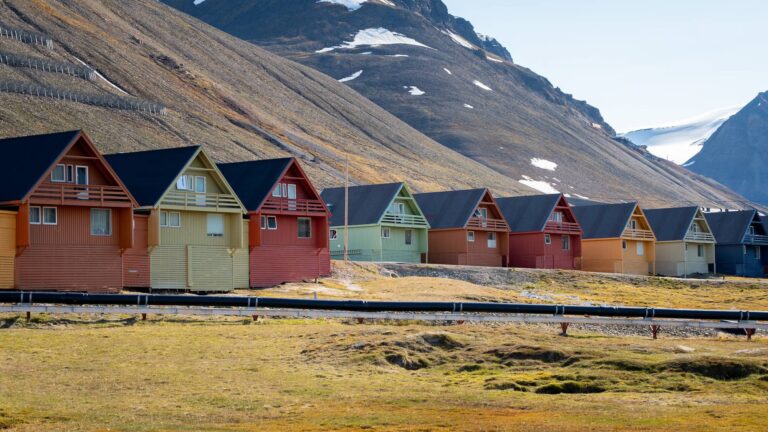Visit Svalbard has reported a sharp increase in Airbnb activity in the Arctic archipelago, with a 60% rise in available listings and an 81% boost in revenues during the first half of 2025. The trend is raising alarm among local stakeholders, who warn that it could deepen Longyearbyen’s ongoing housing shortage.
Rapid Airbnb growth pressures housing market
The data, provided by Nordnorsk reiseliv, marks the first time Visit Svalbard has had access to detailed Airbnb figures. The organisation’s latest report describes the surge as both significant and troubling, urging local authorities to extend tourism regulation to include short‑term rental platforms.
Housing in Longyearbyen, Svalbard’s largest settlement, is already limited due to its remote location and strict land‑use rules. Critics fear that the rise in tourist accommodation through Airbnb could divert properties away from long‑term residents, driving up rents and reducing availability.

Balancing tourism and community sustainability
In July 2025, the archipelago welcomed 10,155 visitors, slightly more than in the same month last year. However, the average length of stay dropped from 2.3 days in 2024 to 2.1 days in 2025. Visit Svalbard attributes this shift partly to expedition cruises, which often see travellers staying only one or two nights before or after their voyages.
Svalbard’s economy relies heavily on tourism, yet the challenge lies in ensuring growth does not undermine the needs of permanent residents. Local stakeholders argue that regulating platforms like Airbnb could help maintain a balance between welcoming visitors and preserving a livable community for those who call Longyearbyen home.
Possible regulatory measures
Proposals discussed include capping the number of short‑term rental permits, introducing seasonal limits, or requiring operators to register with local authorities. Supporters believe such measures could prevent speculative property purchases and keep housing accessible to residents.






